
The current COVID-19 crisis is a wake-up call to how dangerously our health care workforce has been chronically over-stretched. Effective solutions are discussed.

The current COVID-19 crisis is a wake-up call to how dangerously our health care workforce has been chronically over-stretched. Effective solutions are discussed.

Guidance for mental health care practitioners to better explain the complexities of the current crisis to their patients.
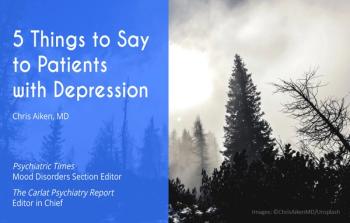
Recovery from depression is a process, and patients need steady, realistic guidance to move through each stage. Insights here.

As we learn more about the immune system and its involvement in psychiatric conditions, including depression, LDN is an intriguing tool to keep in mind and for future exploration.

For all educators, this is a time of great uncertainty, yet we must continue to engage and encourage students interested in pursuing careers in psychiatry, as well as facilitate comparable virtual clinical experiences for students

What is the nature of the virus turning the world upside down? Dr Sheldon Preskorn shares critical clinical information to better understand the virus, testing, and what might the future hold as we look to turn the corner in this pandemic.

The public is gripped by fear of COVID-19 and by worry over whether the health system will be able to treat them or their loved ones should they become ill. Consequently, clinical and public health efforts have focused on acute medical care needs of those who are severely affected, while containing the virus’s spread in the population.

Michelle Riba, MD, shares her thoughts on the days ahead.

What is a “normal” reaction to this pandemic? How does one adapt to a new normal? How does an organization that has to downsize drastically adjust successfully, especially after the “honeymoon period”?

New hope for depression on the horizon and other updates.

Mental health professionals charged with compassionate care for those facing a radically changing world filled with loss have one narrow task.

An overview of the theoretical and empirical literature linking PTSD, substance use, and IPV, as well as risk factors for depression and other psychiatric disorders.
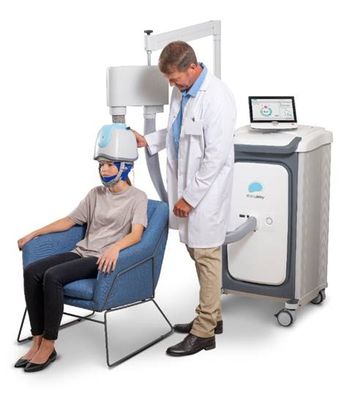
As our understanding of the neurobiology of OCD grows, additional treatment options become available and should be thoughtfully integrated into the treatment algorithm. One such option is dTMS.

In what seem like ancient times “BCV” (before coronavirus), there was a more slowly growing scourge for physicians and other health care workers: burnout.

OCD in the general population often differs from OCD that presents in the perinatal period. It is imperative to recognize, assess, and treat perinatal OCD to improve maternal and child outcomes and have a transgenerational impact.

A number of factors affect treatment adherence, including the therapeutic alliance, perceived perceived lack of control, risk of dependence on medications, stigma associated with medication use, and more.

It’s been tornados, volcanoes, epidemics, and more. Now we have COVID-19; is the coronavirus here to stay?

On Thursday, March 26, the FDA granted authorization for SomrystTM, a prescription-only digital therapeutic for treatment of chronic insomnia in patients aged 22 years or older.
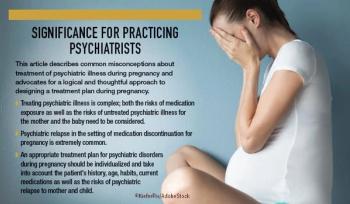
This article describes common misconceptions about treatment of psychiatric illness during pregnancy and advocates for a logical and thoughtful approach to designing a treatment plan.

The FDA accepts a New Drug Application for novel antidepressant.

Over the past two decades, deaths associated with alcohol abuse have increased, but little data point to demographic changes.

New research discovered mid-pregnancy insomnia may be a marker for both concurrent and postpartum anxiety.
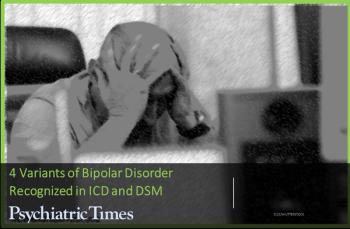
An accurate assessment of bipolar disorder requires psychiatric evaluation of a range of symptoms marked by extreme mood changes and other factors described in brief.

The author shares some thoughts on the current state of biopsychosocial model as well as the new proposed reinterpretation of BPS as a theory of causality.
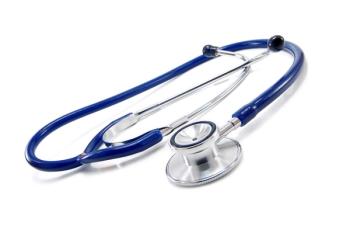
A reformulated biopsychosocial paradigm can be clinically useful. How? Keep reading.